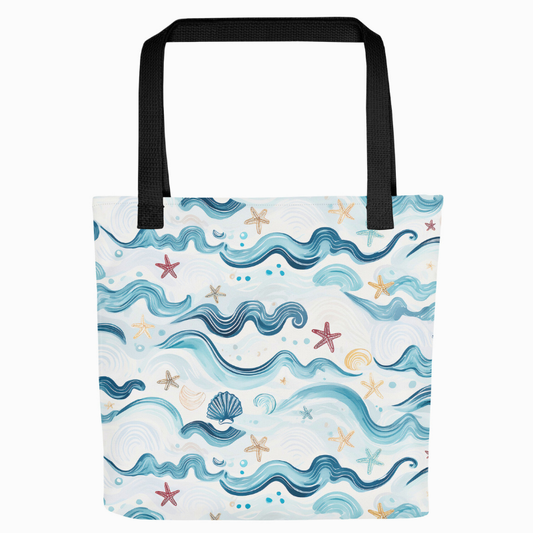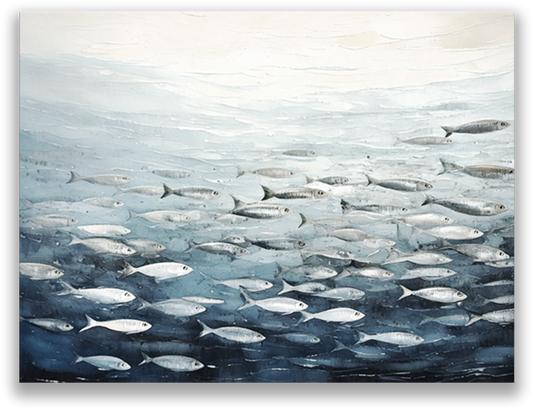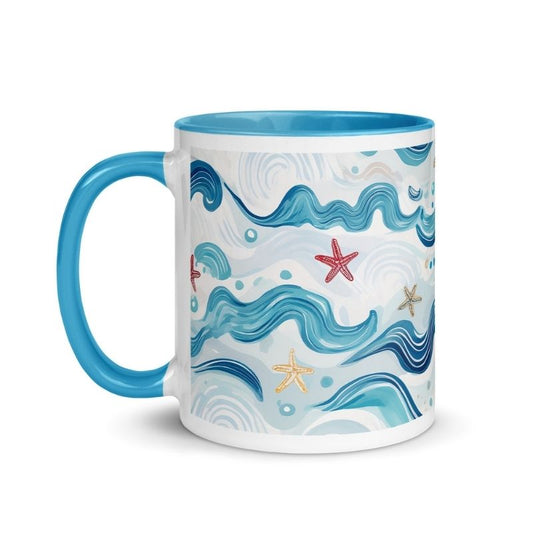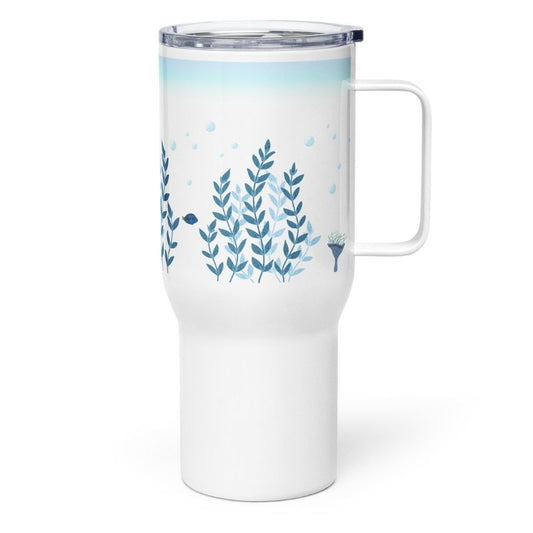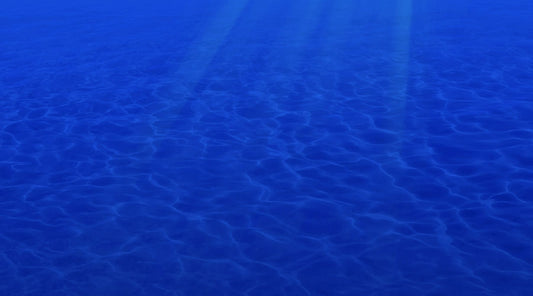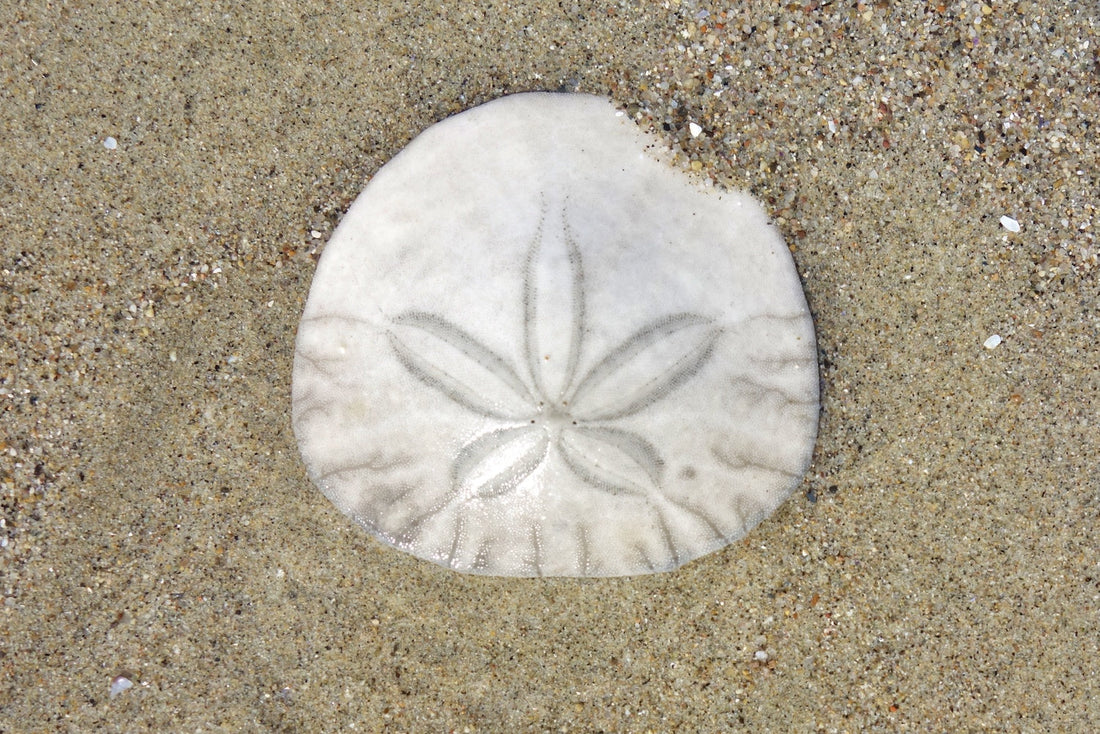
Facts About Sand Dollars: Are These Marine Urchins Endangered?
Share
The Amazing Sand Dollar?
If you’re a regular beachcomber, chances are you’ve come across a sand dollar or two. These delicate marine urchins are often found buried in sandy bottoms of lagoons or washed ashore, leaving us with their distinctive skeletons. That hard skeleton of the animal is also known as a sand dollar test. But beyond their beauty lies an important question: Are these marine creatures at risk of becoming an endangered species? In this post, we’ll dig into what makes sand dollars special, how they live, and why they need our protection.

What Exactly Are Sand Dollars?
You might know sand dollars by their flattened, round shape and iconic star design, but they’re more than just beautiful objects to collect. Part of the order Clypeasteroida, they’re closely related to sea stars, sea cucumbers, and even brittle stars. Alive, their surface is covered in tiny, hair-like velvety spines that help them move and feed in the intertidal zone. These tiny spines are key to their survival, helping with both locomotion and gas exchange.
While most beachgoers recognize the bleached white sand dollar exoskeletons that wash up on shore, living sand dollars are usually a dark green, brown, or purple, depending on the species. You’ll often find them near shallow waters or buried just beneath the sand in coastal areas, where they use their tube feet to collect food particles from the surrounding water column.
Different Species of Sand Dollars
Sand dollars belong to a larger group of marine animals called echinoids, and there are many species across the world, each with slight variations. One well-known species is the common sand dollar (Echinarachnius parma), found in the Pacific and Atlantic Oceans. In tropical regions like the Indian Ocean, you might encounter species like the snapper biscuit (Arachnoides placenta). Some, like the sea cookie (Clypeaster rosaceus), are common in warmer waters and have a more oval shape. Each species plays a similar role as a filter feeder, helping maintain the health of their marine ecosystems. Their distribution depends on water temperature, depth, and other environmental factors.

Unique Characteristics of Sand Dollars
The sand dollar’s mouth is located on the underside of its body, and it’s known as "Aristotle's lantern." With this, sand dollars grind up their food, which mainly consists of microscopic algae and other organic material. Their crucial role as filter feeders is vital for the balance of marine ecosystems, as they help clean the water and maintain a healthy environment for other marine life.
Their calcium carbonate plates not only make up their hard shells but also offer insight into the health of our oceans. With ocean acidification on the rise due to climate change, the weakening of these plates is a serious concern. Higher acidity in the ocean reduces the sand dollars' ability to build and maintain their exoskeletons, putting them at greater risk of survival.
The Life of a Sand Dollar
You’ve probably seen sand dollars at various stages of their lives, from larvae floating in the water column to their final adult form. Sand dollars begin as fertilized eggs and go through several developmental stages before settling on the ocean floor. Their ability to reproduce through sexual reproduction and their adaptability to environmental factors contribute to their resilience, though human impacts are beginning to take a toll.
As adults, sand dollars can live for around 6 to 10 years, spending most of their lives buried in the sand. They thrive in shallow waters but can also be found in deeper regions, depending on the species. While you’ve likely encountered them on the shores of the United States, they also inhabit areas of the Indian Ocean, Pacific Oceans, and even near the coasts of New Zealand.
Are Sand Dollars Endangered?
While sand dollars are not currently classified as an endangered species, there are growing concerns about their future. Human activities, such as collecting live organisms and disturbing their natural habitats through coastal development, are leading to declining populations in some regions. Bag limits have been imposed in areas like North Carolina and New Zealand to help protect them, but continued efforts are needed to preserve these fragile creatures.
Are Sand Dollars Dangerous to Humans?
For beachcombers, the question often arises: are sand dollars dangerous? The answer is no—sand dollars are harmless. While they may look spiny when alive, their velvety spines are soft and not capable of causing harm. Unlike some other marine animals like the long-spined sea urchin, which can sting, sand dollars pose no threat to humans. It’s completely safe to handle dead sand dollars, and they don’t carry any toxins or harmful bacteria. However, it’s best to leave the living organism undisturbed to ensure it continues to thrive in its natural marine ecosystems.

Human Impact on Sand Dollar Populations
The next time you find a sand dollar on the beach, it’s important to ask: Is it alive or dead? A living sand dollar will still have its velvety spines and a darker hue, while a dead sand dollar will appear white and smooth, having lost its spines. While it may be tempting to collect live sand dollars, doing so can significantly impact local populations. In fact, many beach areas are now promoting awareness around this issue to encourage responsible shelling and beachcombing practices.
In addition to beachgoers, habitat destruction from coastal development and pollution are major threats to sand dollars and other marine species. Climate change and ocean acidification are also serious threats, weakening their ability to survive in changing environments. As acidity levels rise, the calcium carbonate plates that form their hard shells become more fragile, making it harder for sand dollars to thrive.
CANCUN AFTERNOON – Only available here at Stride Coastal.
Why Sand Dollars Matter in Marine Ecosystems
Sand dollars may seem like a small part of the ocean’s vast ecosystem, but their role is essential. As filter feeders, they help keep our waters clean by consuming microscopic algae and debris. They contribute to a balanced ecosystem, serving as a food source for larger predators like sea otters. Without sand dollars, the balance of marine ecosystems would be disrupted, potentially affecting other species like the long-spined sea urchin and flower urchins.

Conservation Efforts and the Road Ahead
In response to the growing threats, conservationists and researchers are working to protect sand dollar populations. Several regions, including parts of the United States and New Zealand, have implemented regulations such as bag limits to prevent overharvesting. Coastal development restrictions and marine protected areas are also in place to safeguard their natural habitat from further destruction. Efforts to combat ocean acidification through global environmental policies are also critical in ensuring the long-term survival of these creatures.
Fun Facts for Your Next Beach Walk
- The star design on a sand dollar’s skeleton is actually a result of its internal structure and represents its fivefold symmetry, much like sea stars and other echinoderms.
- Sand dollars are sometimes called sea cookies, snapper biscuits, or sand cakes in different cultures, reflecting their coin-like appearance.
- If you break open a dead sand dollar, you may find small, bird-like shapes inside, which some refer to as "doves." These are actually part of the sand dollar’s skeleton.
Tips for Responsible Beachcombing
For those of us who enjoy beachcombing and collecting treasures from the shore, it’s important to practice responsible habits that protect the ocean and the species that inhabit it. When searching for sand dollars, it’s essential to know how to identify whether you’ve found a living sand dollar. If you feel a live animal, it’s best to gently return it to its natural place in the sand or shallow water. This small act helps preserve healthy sand dollar populations for future generations.
Also, avoid removing large quantities of dead sand dollars, as these skeletons eventually break down and release important nutrients back into the ecosystem. Some regions may even enforce bag limits to regulate how many sand dollars can be collected, ensuring that their numbers remain sustainable. Additionally, consider leaving other types of marine life you encounter, such as queen conch shells or sea cucumbers, in their natural habitats.
By respecting the natural habitat of sand dollars and other marine species, we help mitigate the effects of human activities and give these organisms the chance to thrive despite growing environmental challenges like climate change. Responsible shelling not only protects the ecosystem but also preserves the beauty and biodiversity of the coastal areas we love.
While sand dollars are not currently classified as endangered, their populations face threats from climate change, ocean acidification, and human activities like coastal development. These fascinating marine urchins play a crucial role in marine ecosystems by acting as filter feeders and maintaining ocean health. By learning more about their life cycle and protecting their habitats, we can ensure that sand dollars continue to thrive for future generations of beachgoers and shell collectors alike.

Don’t wait—these sales end soon, and they won’t be back!






